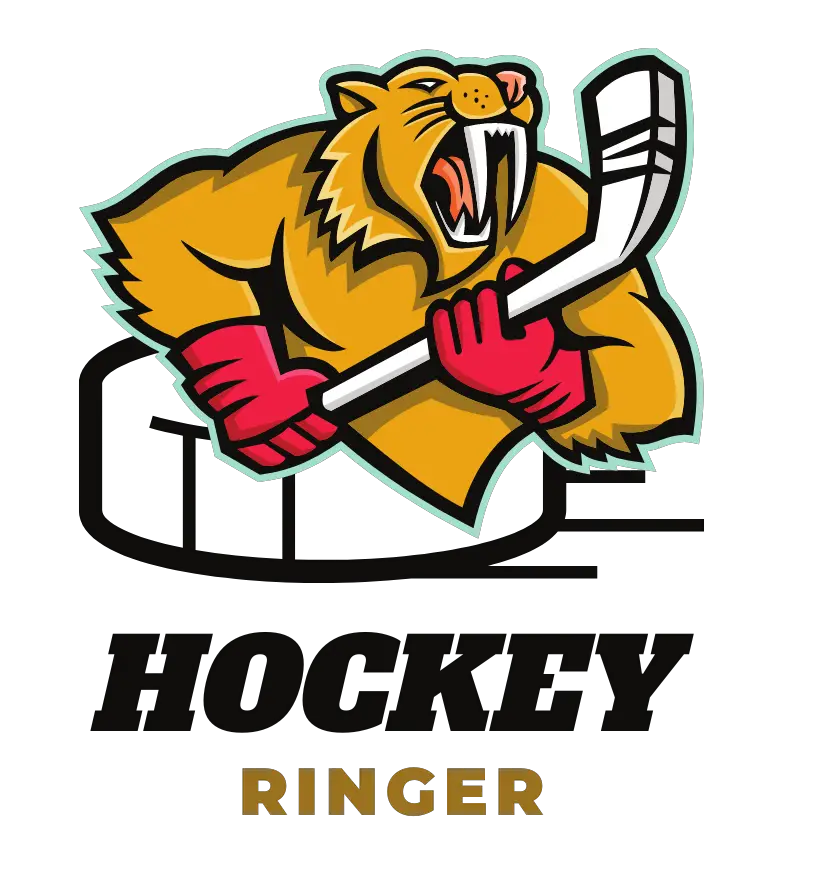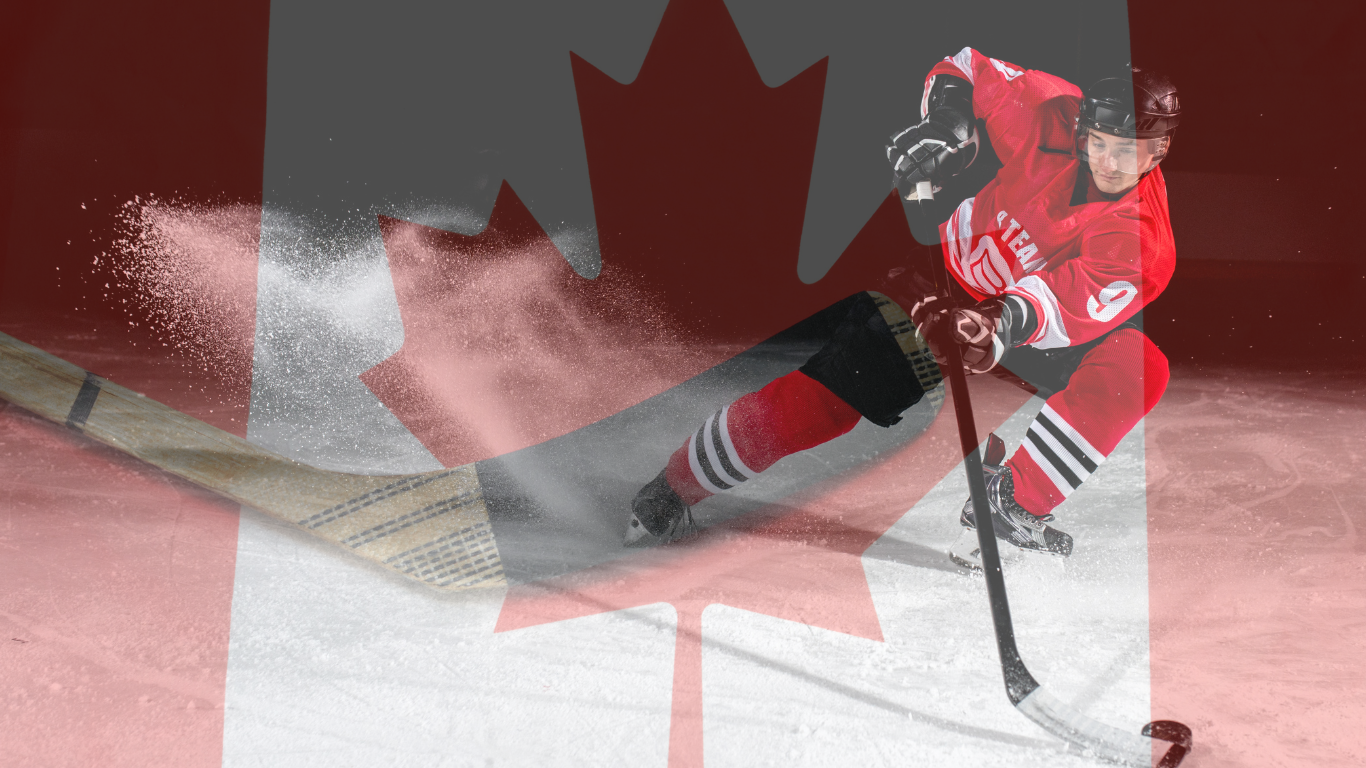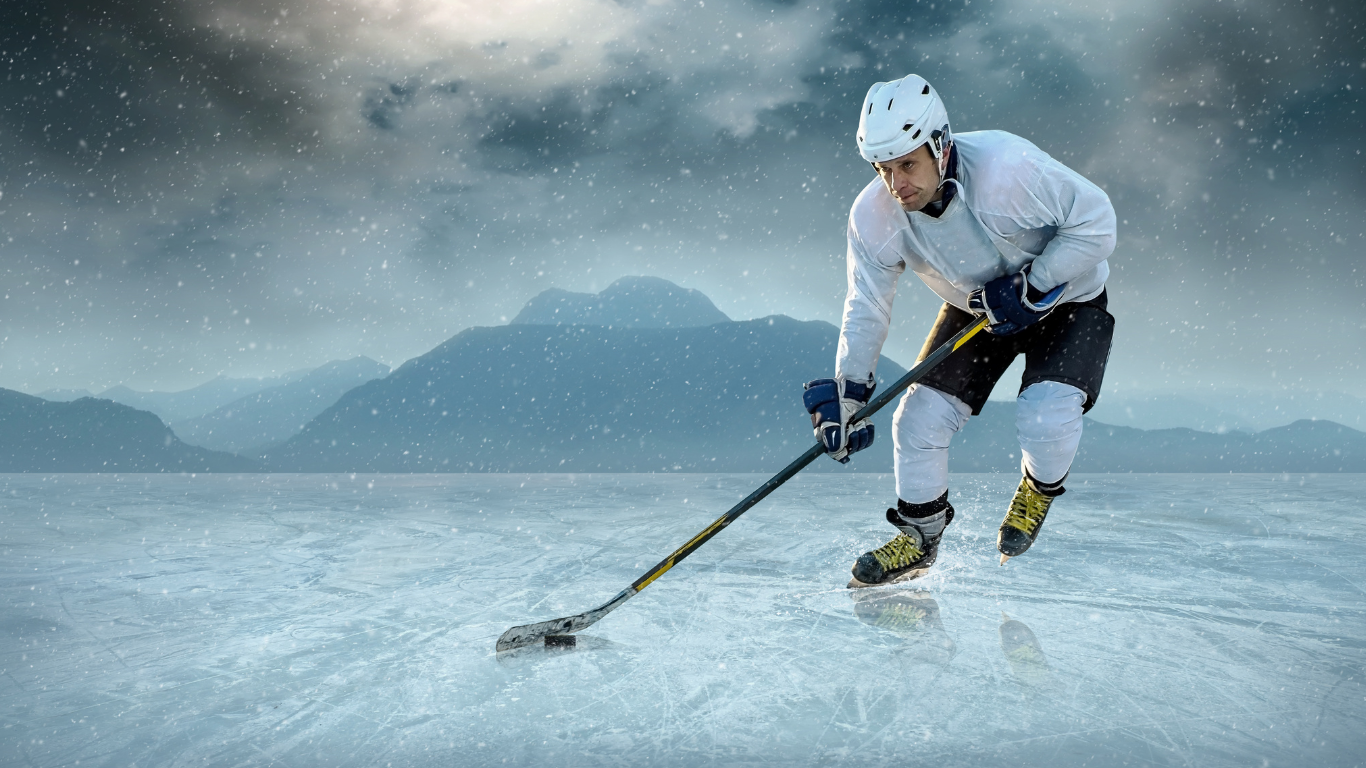Embellishment, also known as diving, occurs whenever a hockey player pretends to be hurt and exaggerates their pain with the intention of getting the opposing team in trouble. Any player found guilty of embellishment is subject to penalties, per the official NHL rulebook.
To find out more about embellishment in hockey, read on. This article takes a closer look at embellishment, its penalties, and its rules. Keep reading to find out all of this and more.
What Is Embellishment?
Simply put, embellishment occurs whenever a player exaggerates their injury or pain in an attempt to get a penalty called on the other team. If you are familiar with other sports, embellishment is basically the hockey form of a flop.
In NHL rulebook terms, embellishment is called whenever a player exaggerates or pretends that they are the subject of a penalty.
Embellishments are often called whenever a player falls dramatically or pretends they were hit harder than they actually were by the opposing team. In other words, the player guilty of embellishment is simply trying to make it look like the opposing team hurt them so that the opponent may get a penalty.
Penalty For Embellishment in NHL
If a referee deems a player guilty of embellishment, a minor penalty of two minutes will be called. More so, players will also be fined by the NHL as well, which is worth $2000.
In the case that the referee does not catch your embellishment, you can still be held accountable through the NHL fine after the game has ended.
Penalties for the Other Player
Whenever embellishment is called, other penalties are often at play too. Oftentimes, players are guilty of embellishment whenever the opposing team trips or slashes, which are illegal hits. If the illegal hits are present, the guilty party also gets a penalty, but not as a result of the embellishment.
The Commonality of Embellishment in Ice Hockey
Although embellishments are present in other sports, hockey is one of the few games where there is a clear rule against it. As a result, embellishment or diving is rarer in hockey than it is in other sports.
stats show that In the 2019-2020 season, only two embellishment fines were handed out. Of these two fines, only one was called during the game.
Because the 2019-2020 season was shortened, you might think that there were only two fines since there was less time to be fined in the first place. However, that is not the case.
In the 2016-2017 season, which was the regular length of an NHL season, only three players were fined. Once again, this proves that embellishment happens infrequently in hockey.

Why Aren’t Embellishments Called More Often?
Hockey Embellishment is very rare for two main reasons. Firstly, the NHL takes embellishments really seriously, discouraging the players from diving.
Secondly, it is very difficult to call embellishment. Hockey is a rough sport that often results in very painful and dramatic falls. As a result, it is difficult to determine whether a fall is embellished or genuine.
Players have to be obviously embellishing their pain and the hit for embellishment to be called. It is very difficult to prove this penalty, which is why it is not called that often.
Should the Rules of Embellishment be Changed?
Many people debate the rules of embellishment and whether they should be changed. This is true in hockey and other sports. Certain players and viewers claim that embellishment is a pointless penalty, whereas other players claim it preserves the integrity of the game.
On the one hand, those in favor of embellishment are right in that it prevents players from getting penalties called that should not be called in the first place. The penalties associated with embellishment do help to prevent diving from occurring, which keeps the game at a faster pace too.
On the other hand, the penalties associated with embellishment can stifle the flow of the game too. The two-minute penalty is especially criticized because it disrupts the flow of the game, but it does not do a lot to deter the players from embellishing their falls either.
My Take
Personally, it seems that embellishment should be called because it breaks the integrity and the flow of the game. At the same time, I do find the two-minute penalties a bit annoying because they disrupt the flow of the game.
I don’t think that the rule should be changed though, despite the fact it is annoying at times. Luckily, embellishment isn’t that common in ice hockey, so my annoyance is rare.
FAQ
What does embellishment mean in hockey?
Embellishment is whenever a player exaggerates or outright pretends they are hurt by another player. The goal of the exaggeration is to have a penalty called on the other player. Embellishments often involve dramatic falls and pretending to be hit incredibly hard.
What is diving?
Diving is the same as embellishment. It is whenever a player exaggerates their injury in order to get a penalty called on the opposing team.
How often do embellishments happen in hockey?
Embellishments are incredibly rare in hockey. During most seasons, there are only two or three embellishments called. Of the called embellishments, only half of them are called in a game. The other half is only fined after the fact.
Why is embellishment enforced?
Embellishment is enforced because it keeps the integrity of the game and its players. It also helps to keep the game flow upbeat, making it more enjoyable for the viewers since the game isn’t diluted by fake injuries.
Final Thoughts
Embellishment is a rare occurrence in hockey, but it basically is whenever a player exaggerates or fakes injury as a result of another player. Embellishments most often happen whenever the guilty party is trying to get a penalty called on the other team.
The penalties for embellishment include a two-minute minor penalty and a $2000 fine from the NHL. Luckily for both viewers and the players, embellishments in hockey are not a common occurrence, meaning hockey lovers don’t complain about embellishments like basketball or soccer fans.



